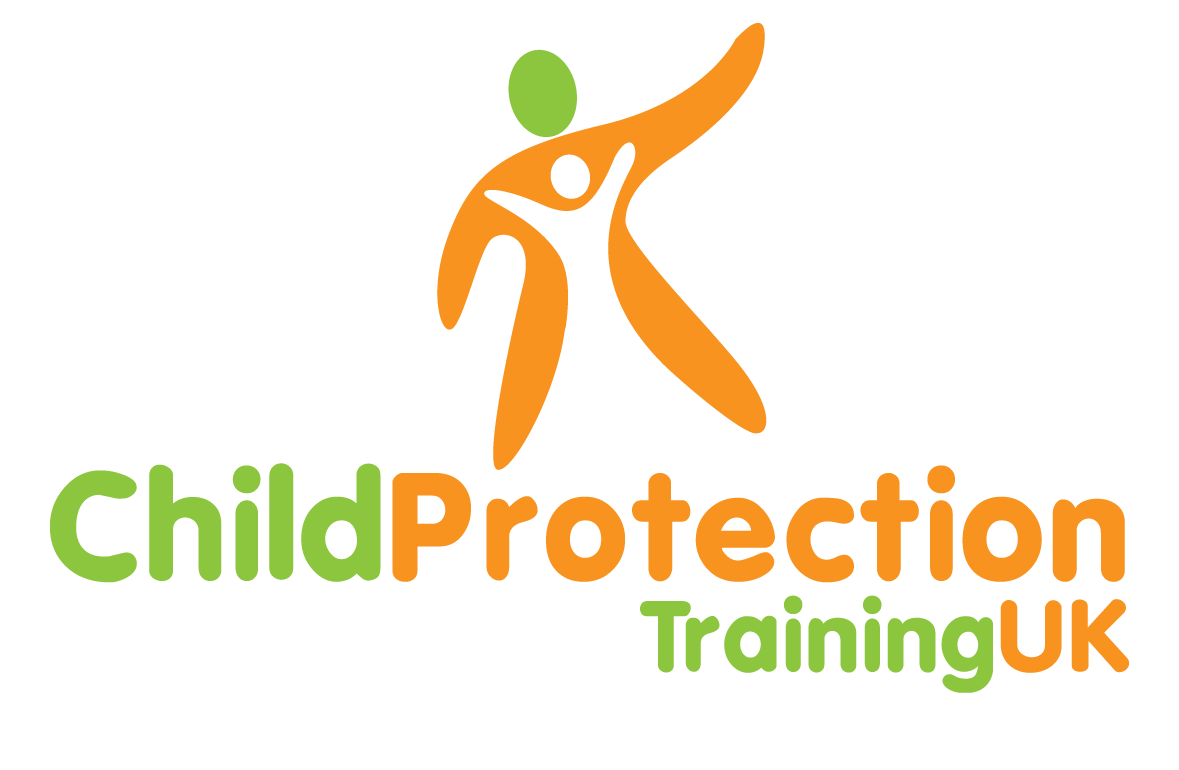ADHD prescriptions rise sparks ‘smart drug’ fears
Concern as GPs in England hand out 657,000 prescriptions for attention deficit hyperactivity disorder – up 56% since 2007
The number of drugs prescribed to attention deficit hyperactivity disorder(ADHD) sufferers has soared by more than 50% in six years, figures show
Prescriptions for methylphenidate drugs, including Ritalin, have been steadily increasing, according to the Care Quality Commission’s (CQC) annual report on controlled drugs.
In 2007, GPs in England wrote 420,000 prescriptions for such medication, but by 2012 the figure had leapt to 657,000 – a rise of 56%.
Officials at the watchdog said health workers should “carefully monitor” the drugs because they have a potential for “diversion or misuse”.
The drugs are one of a number linked to the “smart-drug” craze – in which students take medication to fight fatigue and help them concentrate. Previous research has indicated that as many as one in 10 UK students could be taking “cognitive-enhancing” drugs.
Methylphenidate is known as a psychostimulant and is thought to stimulate a part of the brain that changes mental and behavioural reactions.
The CQC report says the number of prescriptions for such medications rose by 11% between 2011 and 2012.
“As in previous years, we believe that this reflects increased diagnosis of, and prescribing for, the treatment of attention deficit hyperactivity disorder (ADHD),” the CQC report states.
“We are also aware of the possibility that methylphenidate could be diverted and abused, and for this reason we recommend that its use should be monitored carefully.
“We are aware of reports in the media and scientific literature that it is being abused as a ‘smart’ drug to improve cognitive function; the long-term risks of this practice are not known.”
Common symptoms of ADHD include inattentiveness, hyperactivity and impulsiveness. Symptoms tend to be first noticed at an early age – it is normally diagnosed between the ages of three and seven.
It is estimated the condition affects 2% to 5% of school-aged children and young people. However, it can be a lifelong condition and many children continue to show symptoms as a teenager and adult.
Source: Guardian Online

